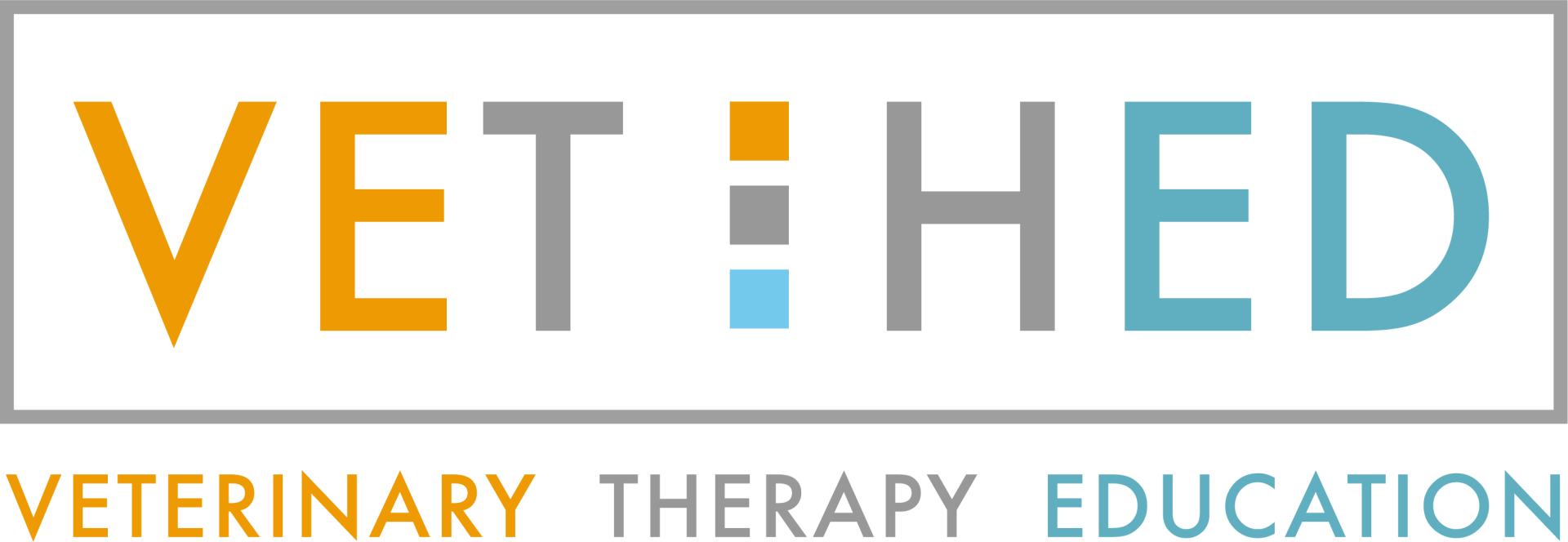Join today
Level 4 Diploma in Applied Equine Hydrotherapy
This is one of the first regulated courses available to give the candidate a qualification as an Equine Hydrotherapist, as recognised by the Institute of Equine Hydrotherapists (IEH), a subgroup of the Institute of Registered Veterinary and Animal Physiotherapists (IRVAP).
This comprehensive course can be completed in under a year and combines both theory and clinical placements. Designed to help anyone working in the industry or wanting to come in to the industry, this qualification gives insight and depth to help empower the candidate to make clinically reasoned decisions and practice ethically and sustainably.
This comprehensive course can be completed in under a year and combines both theory and clinical placements. Designed to help anyone working in the industry or wanting to come in to the industry, this qualification gives insight and depth to help empower the candidate to make clinically reasoned decisions and practice ethically and sustainably.
Format
Online
Course
Starting date
Ongoing
Applications Open
Now!
Placement
80 clinical hours
Price
£3250
Duration
12 months
380+ hours
What you will study on the Level 4
Here is an overview of the course, to find out more, please download the qualification specification.
1. Introduction to Hydrotherapy
Candidates will learn the safe use of hydrotherapy equipment, including underwater treadmills and saltwater spas, by understanding their design, water properties, and therapeutic applications. They will assess risks, benefits, limitations, and safety features of various equipment, and determine appropriate use based on indications, contraindications, and precautions. The course also covers best practices, monitoring techniques, and goal setting for both equine rehabilitation and performance enhancement.
2. Equine Hydrotherapy Water and Equipment Management
Candidates will learn key legal and professional responsibilities, including Health and Safety, Duty of Care, COSHH, and manual handling, alongside codes of conduct and ongoing professional development. They will operate and maintain essential hydrotherapy equipment, with a focus on regular maintenance, water quality, and infection control. The unit covers correcting water imbalances, managing common equipment issues, following emergency protocols, and ensuring appropriate training. Emphasis is placed on accurate record-keeping to support safety, compliance, and effective water and equipment management.
3. Clinical Risk Assessing, Health Monitoring and First Aid
Candidates will learn and apply Clinical Risk Assessment (CRA) methods, including risk rating and emergency planning. They will cover equine health monitoring, first aid, safe handling of medicines, and emergency response protocols. Practical skills include behaviour observation, health checks, and managing first aid kits. Emphasis is placed on legal and ethical considerations, emergency procedures, record-keeping, and fire drills.
4. Equine Functional Anatomy and Biomechanics
Candidates studying equine anatomy and biomechanics in hydrotherapy will learn the functions of major peripheral nerves, the proprioceptive system, and key skeletal muscles. The unit covers movement types, therapeutic palpation, and the structure and function of the skeleton, joints, respiratory, and cardiovascular systems. Candidates will also explore equine biomechanics, including balance, gait, and the effects of abnormal movement and lameness.
5. Equine Pain and Behaviour
Candidates studying equine pain management and behaviour will learn to identify normal and abnormal behaviours, and how pain influences them. They will explore the concept and assessment of pain, including pain scales, inflammation, and types of pain relief. The unit covers safe use of medications and rehabilitation equipment, mechanisms of action, and the indications, contraindications, and practical application of therapies.
6. Equine Assessment and Clinical Reasoning
Candidates will learn the key components of equine assessment for clinical hydrotherapy, including referral information, history taking, observation, and hands-on examination. They will explore behavioural patterns, gait, balance, palpation, range of motion, and special tests. The unit covers problem list development, SMART goal setting, treatment evaluation, clinical reasoning, and the use of outcome measures through ongoing assessment. Effective communication with both horse and owner, including therapeutic handling and interpersonal skills, is also included.
7. Treatment Pathways and Common Conditions
Candidates will gain a clear understanding of the goals and expectations of equine rehabilitation, including progress monitoring and managing stakeholder expectations. They will learn to set realistic goals, ensure safety, consider financial factors, enhance performance, and plan for long-term outcomes. The unit covers goal reassessment based on condition changes, milestones, and feedback. Candidates will also develop treatment pathways within their scope of practice, understand professional boundaries and negligence, and create alternative strategies for managing rehabilitation setbacks.
8. Hydrotherapy for Performance
Candidates will explore the physical demands and fitness requirements of various equine disciplines, such as eventing and racing, including factors like jumping, speed, and duration. They will compare sport-specific injuries and assess how equipment modifications in pool and underwater treadmill (WTM) training can support fitness while managing overwork risks. The unit includes session planning through intensity, frequency, and duration adjustments, and the development of discipline-specific fitness protocols. Emphasis is placed on physiological adaptations, signs of fatigue, and expected performance improvements for both horses and handlers.
9. Professionalism, Ethics and Legalities
Candidates will gain a clear understanding of their professional responsibilities, including duties, accountability, and working within their scope of practice in equine hydrotherapy. They will explore ethical challenges in clinical settings and the importance of adhering to their Professional Association's Code of Practice. The unit also develops professionalism through effective communication and interpersonal skills needed to work collaboratively within a multidisciplinary team (MDT).
10. Equine Clinical Placement
During clinical hours, candidates will receive instruction and demonstrations to operate equipment independently. Skills covered include water and plant management, horse handling, communication, risk assessment, treatment planning, and clinical reasoning. This unit offers hands-on experience with various equine hydrotherapy equipment in both performance and rehabilitation settings, preparing candidates with practical skills and a solid understanding of daily equine care responsibilities.

